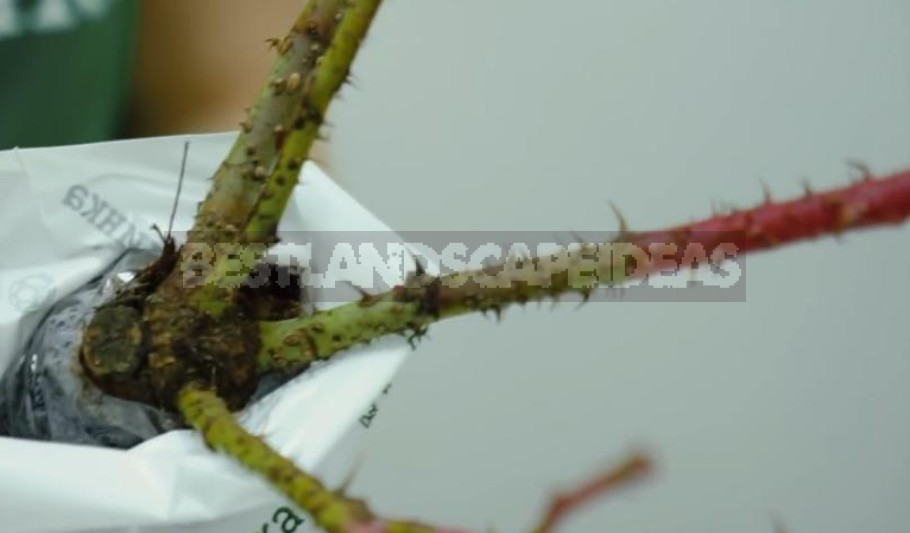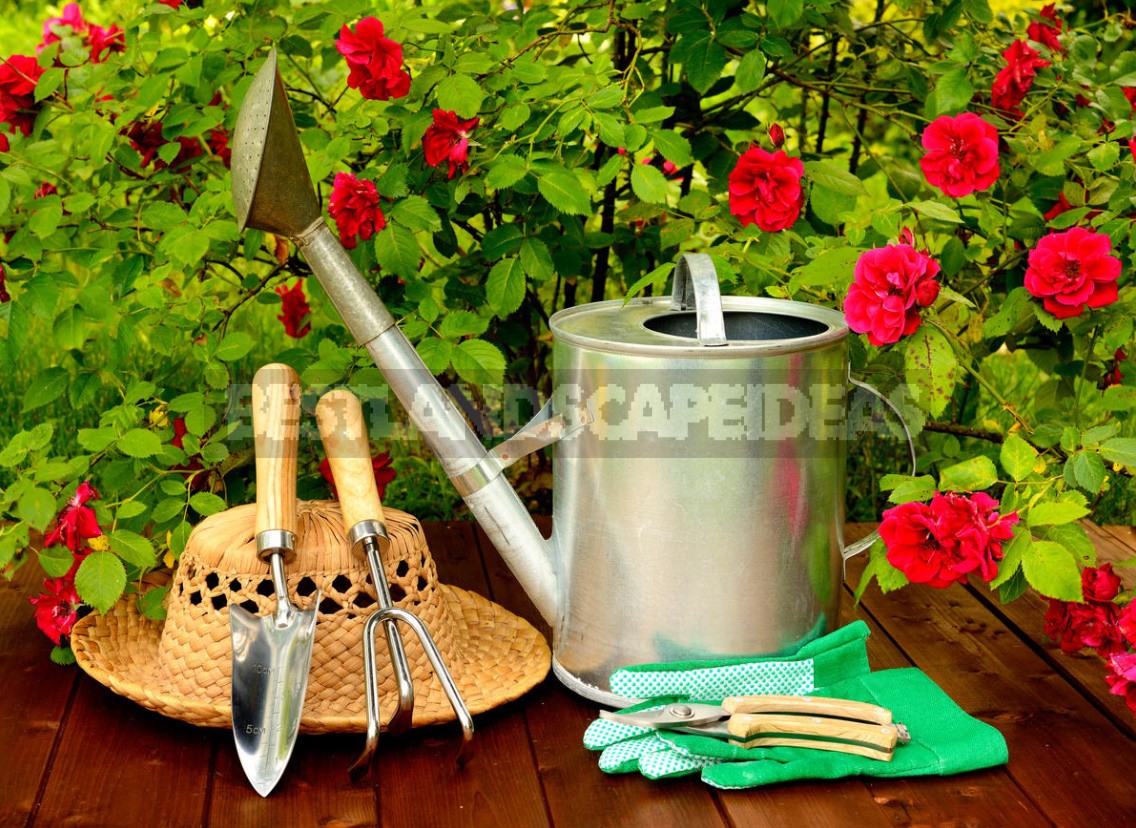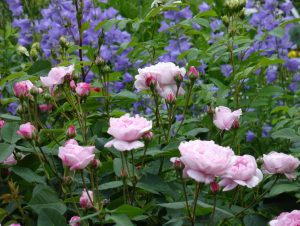
Root-related or grafted seedlings: what are the differences and which ones to choose?
Seedlings are grafted and own-rooted. And many gardeners are wondering which ones to prefer.
Root-related seedlings are grown from cuttings of plants of the original variety. They are characterized by greater winter hardiness and longevity. If the aboveground part of the root-related plant freezes out, new shoots will appear from dormant buds located in the root neck zone, and it will gradually recover. It is believed that root-bearing roses are more resistant to viruses. They never go wild and, unlike grafted ones, do not give root growth.
Grafted seedlings are obtained by grafting the eye on the root of the rootstock. They can be distinguished by the presence of hemp in the zone of the root neck. As a rootstock are species roses or their varieties. Most often it is R. canina or R. laxa. The root system of grafted roses is more powerful, making it easier for them to extract moisture and nutrients from the deep layers of the soil. For this reason, they grow faster in the initial stages.

In addition, not all varieties are suitable for cuttings, and grafting in experienced hands is almost always successful. On the cultivation of own-rooted roses nurseries spend a lot more effort. Therefore, most often they prefer grafted seedlings.
Important! In southern regions, it is preferable to plant grafted roses, since due to the powerful root system, it is easier for them to provide themselves with moisture. For the Northern regions, root-related ones are more suitable: in severe conditions, the inoculation can die. There is no big difference for the middle lane.
Features of cultivation
In contrast to classic roses, canadian roses grow well and bloom both in the sun and in partial shade. In the southern regions, it is desirable for them to choose shaded places, since in their homeland, these beauties are not spoiled by an abundance of ultraviolet light.

Like other roses, they do not tolerate close standing of ground water — in such areas they must be planted on an elevation. Before planting, you will need to dig a fairly large hole (optimally-60 x 60 cm) and fill it with 2/3 of the loose fertile soil. To do this, you can mix garden soil with humus or compost and a handful of full mineral fertilizer, then the first time the plant will be provided with the necessary nutrition.
The seedling should be placed in the pit so that the grafting place of the grafted rose or the root neck of the root-bearing rose is buried 3-5 cm. This is especially true for the Central and Northern regions. This creates additional protection from frost, and also contributes to the partial transition of grafted roses to their own roots. In a warm climate, in the absence of frosty winters, this technique can be ignored.
Water moderately, under the root. After watering, carefully loosen the soil, a useful technique will be mulching.

In pruning canadian roses, as a rule, do not need. Only in the spring it is necessary to remove all broken and damaged shoots.
Now, with regard to hibernation: the canadian roses are very hardy and able to grow even in Alaska! However, if you want to enjoy their flowering in full and at an earlier time, you want to keep the height of the Bush (and not wait for it to return to its former dimensions after pruning), it is desirable to bend the shoots to the ground, that is, completely hide under the snow, thereby protecting them from freezing.
Do you already have canadian roses in your collection? Tell us how they perform in the weather conditions of your region.




Leave a Reply